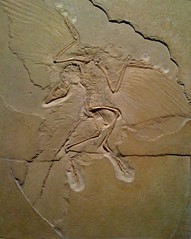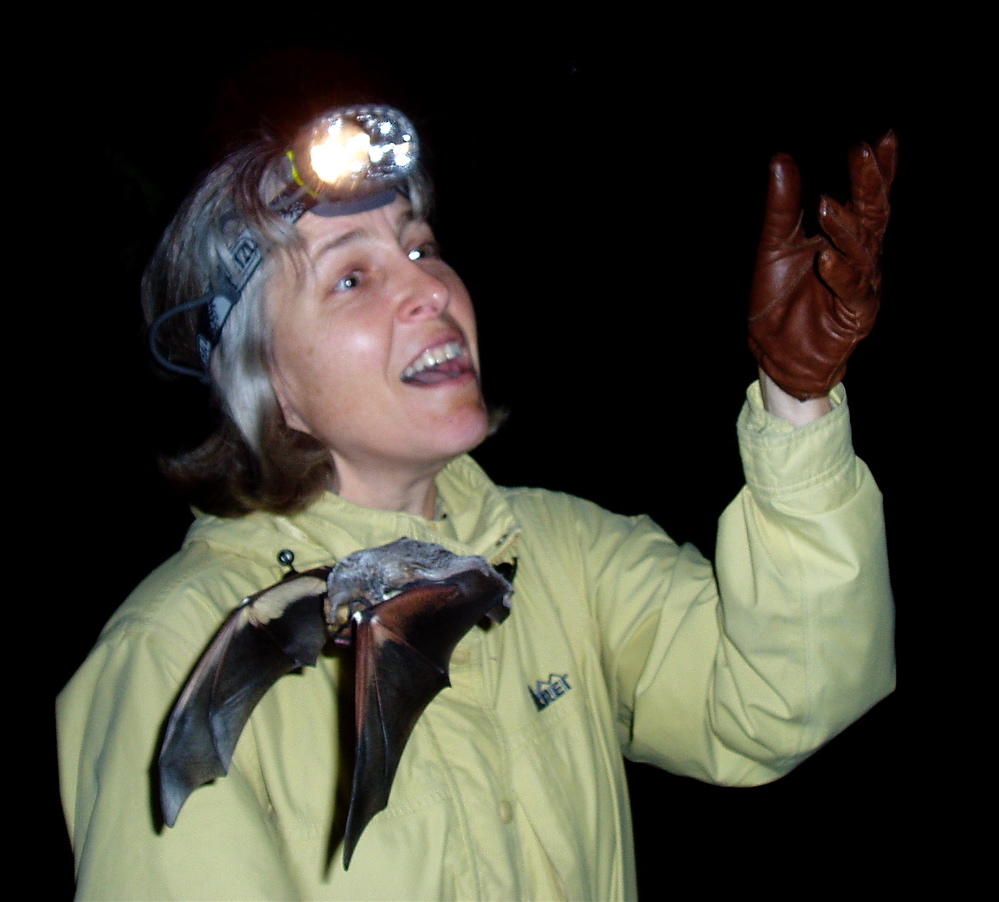Catching the PhD train
As I've mentioned before, I'm in the process of applying for PhD programs to begin next fall. I thought I'd write a bit about the experience which is alternately exhilarating, exasperating, and terrifying.
The process reminds me of looking for a job in industry, which is the only similar experience I've had. In that case, you research prospective companies, talk to people who work there, and if it looks good, submit your application. If possible try to do this at multiple companies at the same time, so that you can compare offers and select the best one. Repeat until you end up being such a good interviewer that someone eventually hires you.
Academia is like a parallel universe to industry, and understanding the processes is like trying to navigate a transit system in another language and country. The first parts are the same as in industry job-searching. Once I identified prospective advisors, I used my industry networking skills to have a chat with them to see informally if it was interesting on both sides, which isn't always possible in industry. After that, it gets very different.
The application process is rigid, arcane, and frequently frustrating. Each school has different deadlines, different formats for essays, different badly-designed online interfaces. Oh, and there's a test: the GRE, which bears no resemblance to actual skills needed in real life. Such as: when was the last time you needed to use long division? After you apply, you wait. I haven't figured out yet if it's good or bad to pester the hiring managers, er, advisors. For some schools, once they decide on a short list of candidates, they bring them all out at once for a visit, which may or may not be like an interview. I'm a bit hazy on the process after that.
I've applied for three schools, each with a leading researcher in the bat world where I could work on bat migration: Boston, Massachusetts, Knoxville, Tennessee, and Calgary, Alberta (Canada). All three are with highly-recommended advisors at excellent schools, each with different advantages. One's got a fabulous faculty line-up and great reputation in ecology, another's got great visibility and funding, and the third has a program that is the closest to what I actually want to study. I'm going to be a little coy about which is which, since these distinctions are really only relevant to me personally. Really, if I just get accepted to any one of them I'll be thrilled.
Right now I'm entering the nail-biting stage. All the applications are in, and I'm waiting. One school has already invited me out for a visit in another month or so, where I'll meet the faculty, other students, and we can do some mutual tire-kicking. The second school won't even begin to decide on a short list until then, and I haven't heard anything from the third.
Obviously this will have a huge impact on my life. I'm leaving San Francisco in a matter of months, possibly to a different country, and I don't know where I'll be. It's a big distraction from my current research. But on the other hand, it's super exciting and a big honor to even be seriously considered for these programs. Just a few years ago I didn't think it would be possible. Assuming I get into any one of these, I'll be fulfilling a dream.



